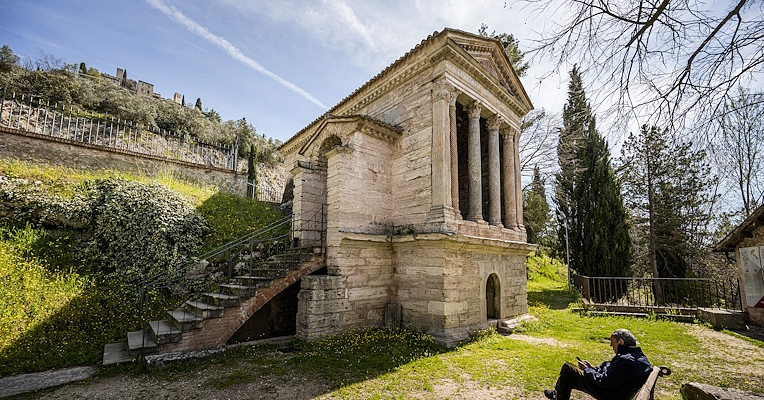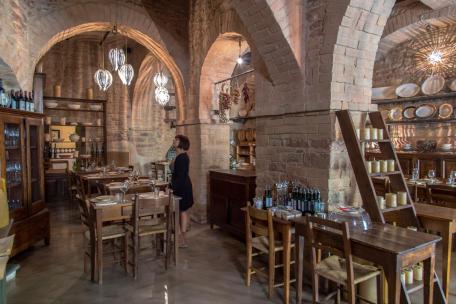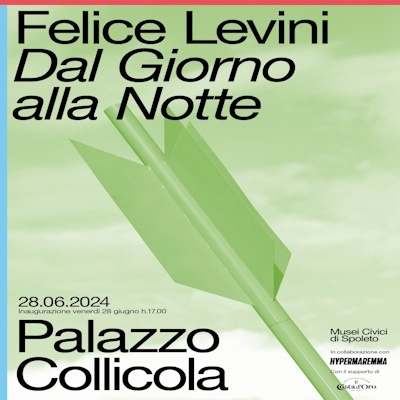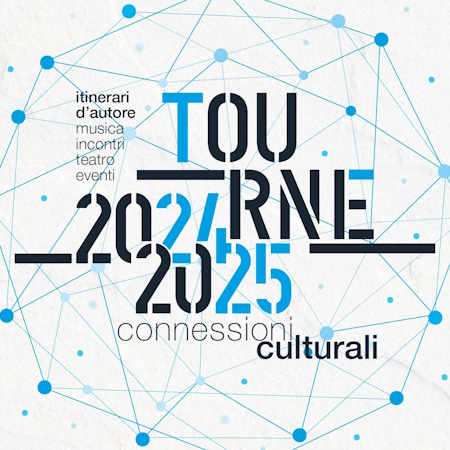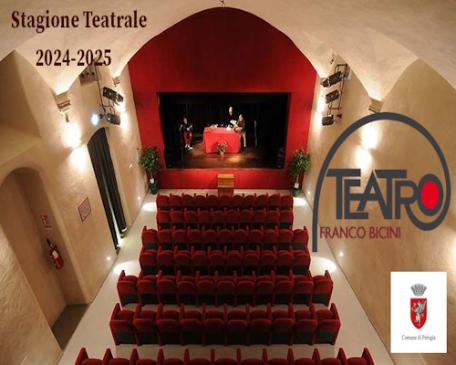Lombards in Italy. Places of power - Lombards in Italy. Places of power

The serial property
The serial site “Lombards in Italy, Places of Power (568-774 A.D.)”, recognised as UNESCO World Heritage Site in 2011, includes seven locations that bear witness to the cultural and artistic evolution of the Lombards.
After arriving from Northern Europe after the fall of the Roman Empire, the Lombards ruled large territories of the peninsula between the 6th and 8th centuries, leaving a deep mark on Italian culture and spirituality.
From Cividale del Friuli to Benevento, passing through Spoleto and Campello sul Clitunno, the site includes monuments of extraordinary stylistic and functional variety, representing Lombard art and architecture.
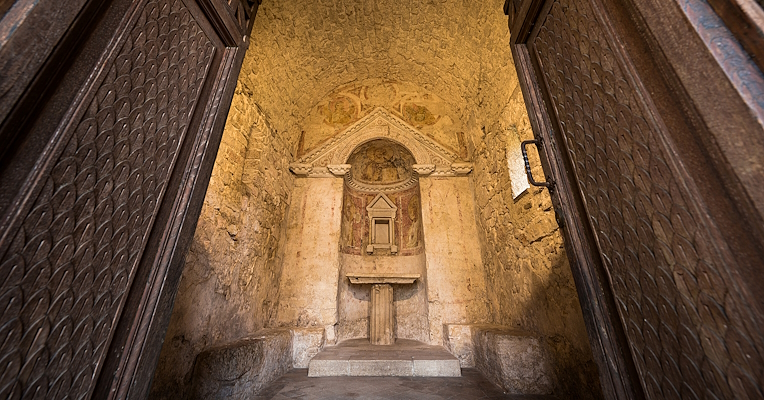
Basilica of San Salvatore in Spoleto
The ancient capital of the Duchy of Spoleto preserves a rich Lombard heritage, visible in its necropolis and religious monuments. Among these, the Basilica of San Salvatore stands out, nestled in the greenery of Ciciano Hill, a masterpiece that combines classical elements, Byzantine decorations and Syriac influences, bearing witness to the arrival of eastern monks in the 6th century.
The imposing Roman spolia columns and refined decorative details reflect the Lombards’ ambition to both integrate into and distinguish themselves within the earlier architectural tradition. Now part of the UNESCO serial property, the basilica is a valuable example of the meeting of cultures and the sophisticated art of the Lombards.
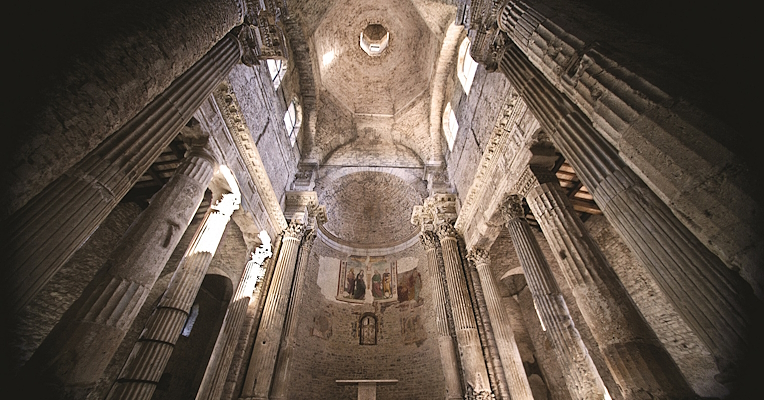
Temple of Clitumnus - Campello sul Clitunno
The Temple of Clitumnus, in Campello sul Clitunno, near the river of the same name, is an elegant Lombard sanctuary and one of the most significant early medieval monuments in Umbria. Included among the seven jewels of Lombard architecture recognised as UNESCO World Heritage Site, it represents a unique example of stylistic synthesis.
Its structure harmoniously blends spolia materials with newly created decorative and architectural elements, so meticulously crafted in their imitation of antiquity that they deceived scholars for centuries. Many believed it to be a pagan tetrastyle temple, possibly dedicated to the god Clitumnus, later transformed into a Christian place of worship by the Lombards.
